Constandin, a constable in the 19th century Wallachia is commissioned by a Boyar to capture a gypsy runaway slave. The constable goes on a serpentine journey with his son, Lonita to capture and take the slave him back to the boyar. The movie tracks Constandin’s journey, where he meets a plenty of characters who assist him on his path to his target.
|
Language:
|
Romanian
|
|
Running Time:
|
108 min
|
|
Rating:
|
R
|
|
Release date:
|
22 January 2016
|
|
Directed by:
|
Radu Jude
|
|
Produced by:
|
Ada Solomon
|
|
Written by:
|
Radu Jude
Florin Lazarescu
|
|
Starring:
|
Teodor Corban
Mihai Comănoiu
Toma Cuzin
Alexandru Dabija
Luminița Gheorghiu
Victor Rebengiuc
Șerban Pavlu
|
|
Music by:
|
Dana Bunescu
|
|
Shot by:
|
Marius Panduru
|
|
Editing by:
|
Cătălin Cristuțiu
|
|
Distributed by:
|
Hi Film Productions
|
What’s Hot
What’s Not
Badges
Screened at

The Chennai International Film Festival (CIFF) 2015
The Chennai International Film Festival (CIFF) 2015 scheduled from Jan 6 -13, 2016 is an annual film festival organised by a film society, the Indo Cine Appreciation Foundation (ICAF), with the support of the government of Tamil Nadu, the South Indian Film Chamber of Commerce and the Film Federation of India.Verdict


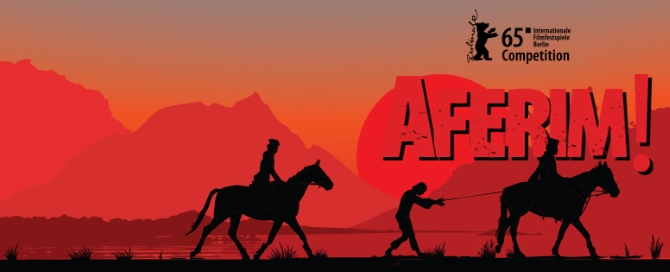
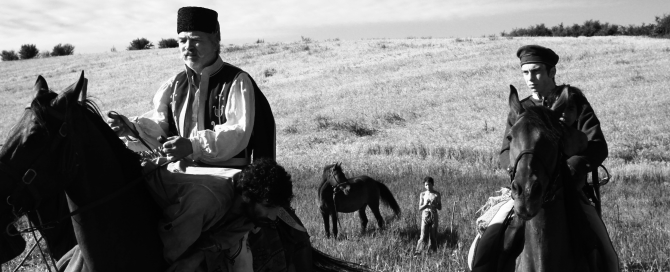
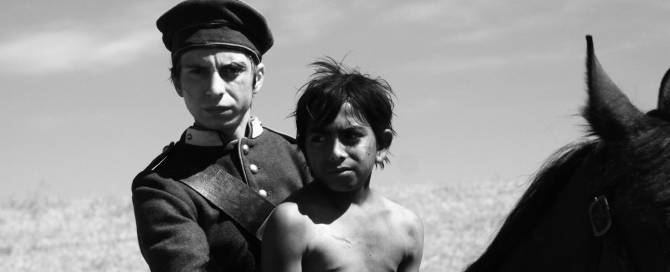




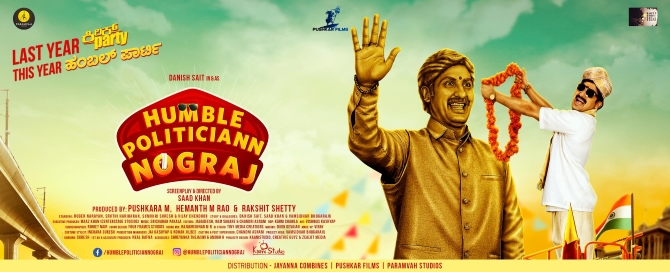
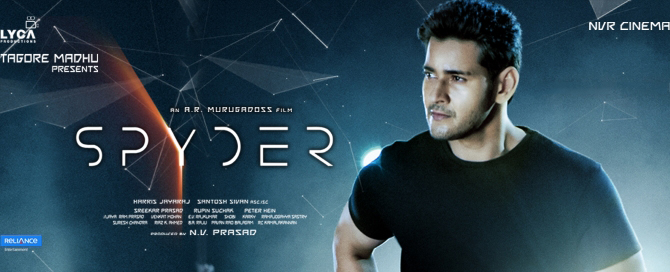
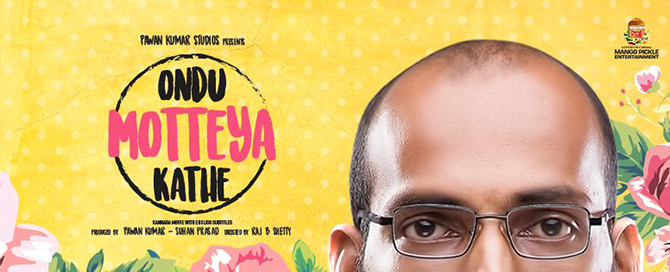
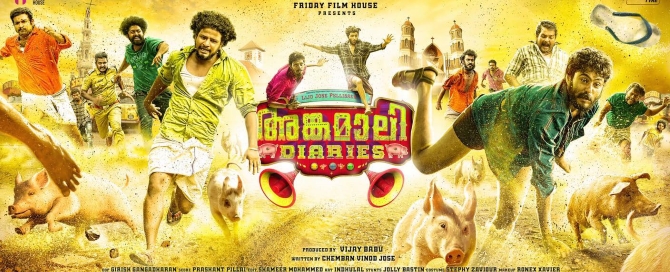
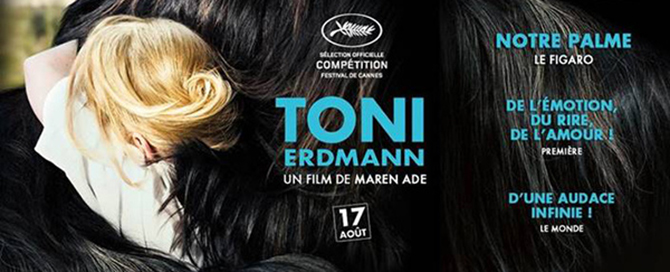
Leave A Comment